Preserving Historic Buildings: Maintenance Challenges and Modern Solutions
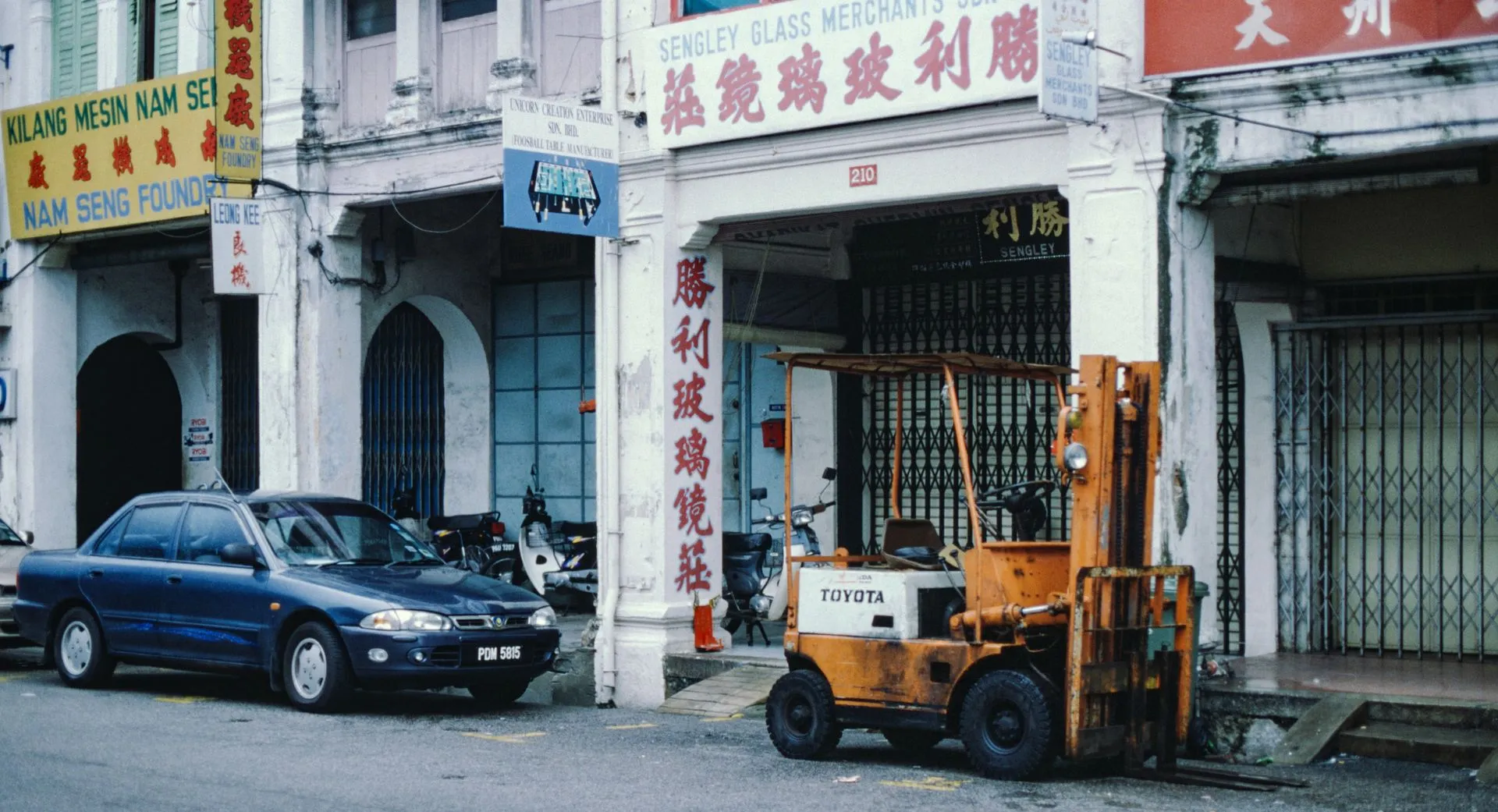
Historic buildings are treasured landmarks that embody cultural and architectural heritage. However, maintaining these structures presents unique challenges as owners and facility managers strive to preserve their character while ensuring modern functionality. Achieving this balance requires strategic planning, specialized techniques, and innovative solutions.
The State of Historic Building Maintenance
Maintaining historic buildings is no small feat. Statistics reveal the complexity of the task:
- 70% of historic buildings require significant structural repairs due to aging materials and outdated construction methods.
- 60% of maintenance costs in historic buildings stem from retrofitting systems like HVAC, plumbing, and electrical for modern use.
- 40% of historic building owners report difficulty in sourcing materials that match the original construction.
These figures highlight the pressing need for practical strategies that honor the past while accommodating present-day demands.
Challenges in Maintaining Historic Buildings
1. Aging Infrastructure
Historic buildings often have structural elements—such as wooden beams, stone foundations, or plaster walls—that degrade over time. Repairing or replacing these materials while preserving the building’s authenticity can be complex and expensive.
2. Integrating Modern Systems
Updating heating, cooling, electrical, and plumbing systems in historic buildings often requires innovative solutions to avoid damaging original features. For example, installing modern HVAC systems in a 19th-century mansion may involve careful concealment of ducts and wiring.
3. Limited Availability of Materials
Sourcing materials that match the original construction can be difficult and costly. Quarry closures, deforestation, and manufacturing changes contribute to limited availability of historic building components.
4. Compliance with Preservation Standards
Adhering to local, national, or international preservation regulations can complicate even routine maintenance. For instance, a simple window replacement may require approval from multiple heritage organizations.
5. Costly Upkeep
Regular maintenance is more expensive for historic buildings. Specialized labor, custom materials, and compliance requirements often result in maintenance costs that are 20-30% higher than modern structures.
Strategies for Balancing Preservation and Functionality
1. Conduct Comprehensive Assessments
Start with a detailed condition assessment to identify critical issues and prioritize repairs. This ensures that limited resources are allocated effectively.
2. Utilize Modern Preservation Technology
Tools like laser scanning, thermal imaging, and 3D modeling can help assess damage and plan repairs without risking further deterioration.
3. Implement Sensitive Retrofits
Choose retrofit options that preserve the aesthetic and historical integrity of the building. For instance, low-profile solar panels or slimline double-glazing can enhance energy efficiency without altering the building’s character.
4. Collaborate with Experts
Work with architects, engineers, and craftsmen experienced in historic preservation. Their expertise can help navigate challenges and comply with preservation standards.
5. Secure Funding and Incentives
Many governments and organizations offer grants, tax credits, or subsidies for maintaining historic properties. Investigating these options can help offset maintenance costs.
Case Study: Balancing Preservation and Modern Use
A 1920s Art Deco theater faced challenges with its outdated electrical systems and inefficient insulation. The owners worked with preservation experts to:
- Install an energy-efficient HVAC system with concealed ducts to protect ornate ceilings.
- Use 3D-printed replicas of damaged decorative elements to maintain the original aesthetic.
- Secure $250,000 in grants to fund repairs, reducing financial strain on the project.
The result was a beautifully preserved historic theater that meets modern functionality standards while honoring its past.
Final Thoughts
Maintaining historic buildings is a delicate balancing act that requires a thoughtful approach. By addressing challenges like aging infrastructure and material sourcing with innovative strategies, owners and facility managers can ensure these architectural treasures endure for future generations. The key lies in respecting the past while embracing modern solutions.
Newsletter
Don't miss a thing!
Sign up to receive daily news
Recent Posts
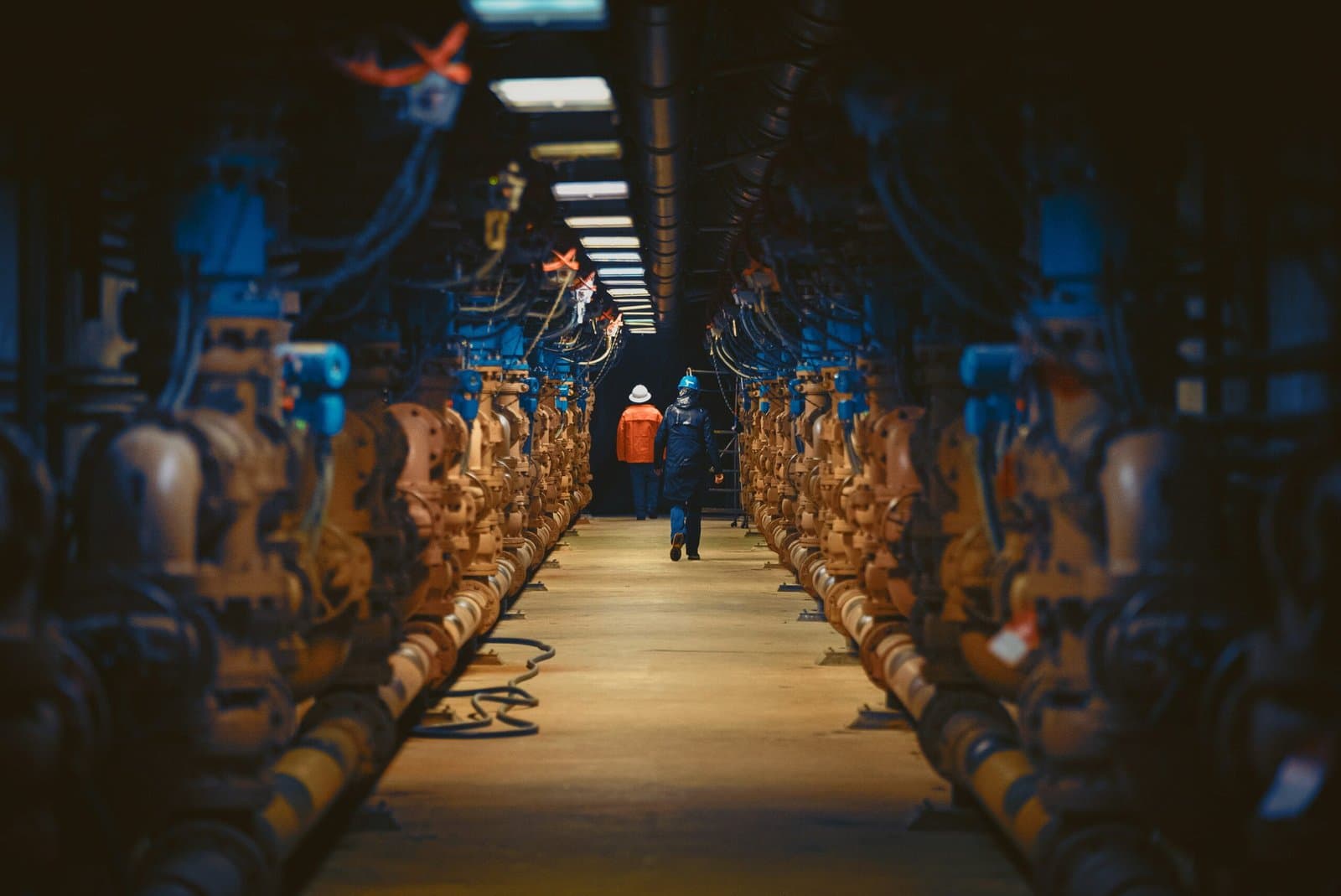
august 30, 2025
Decommissioning a Facility: How to Turn It into a Profitable Venture
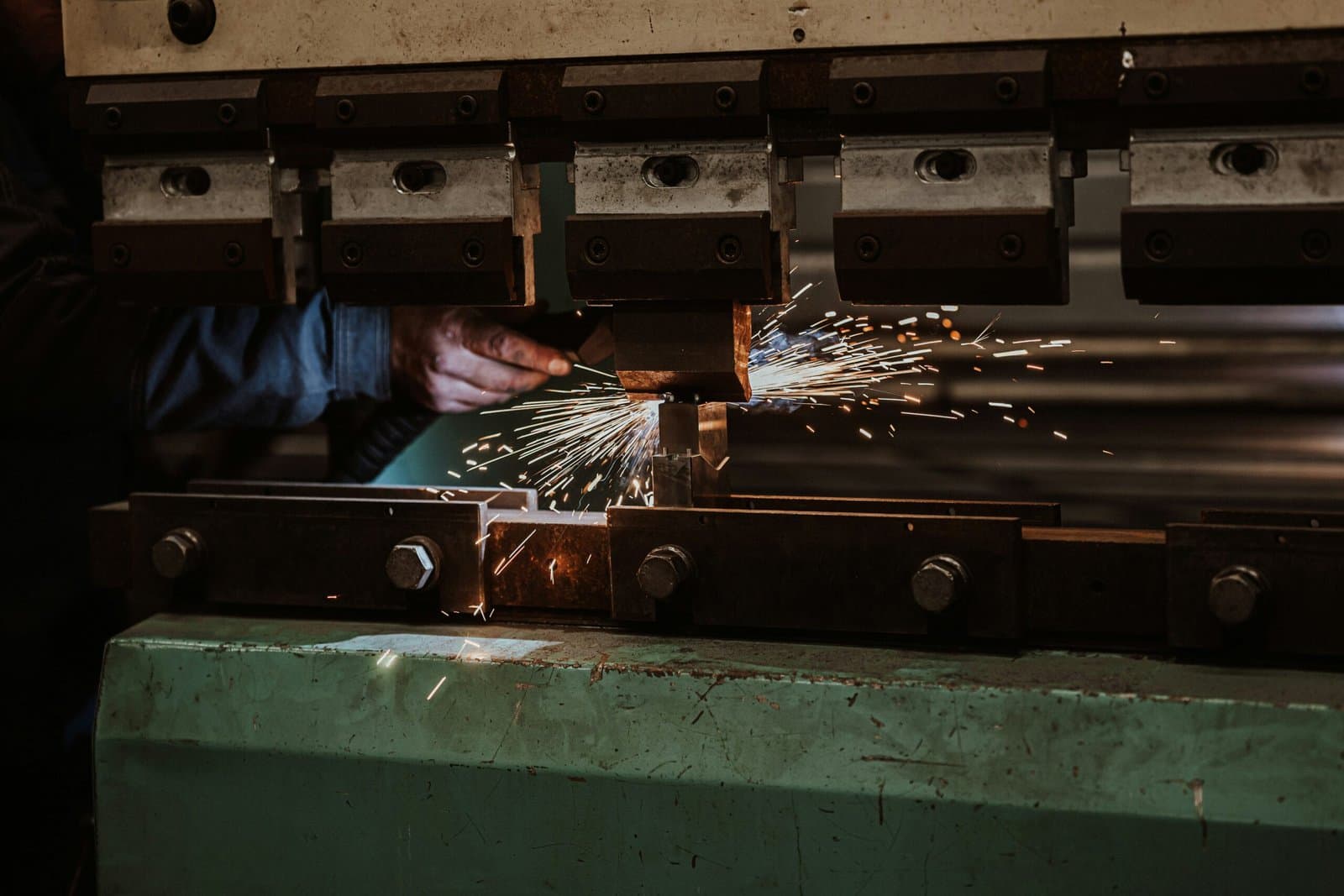
august 25, 2025
Hydraulic Press Maintenance 101
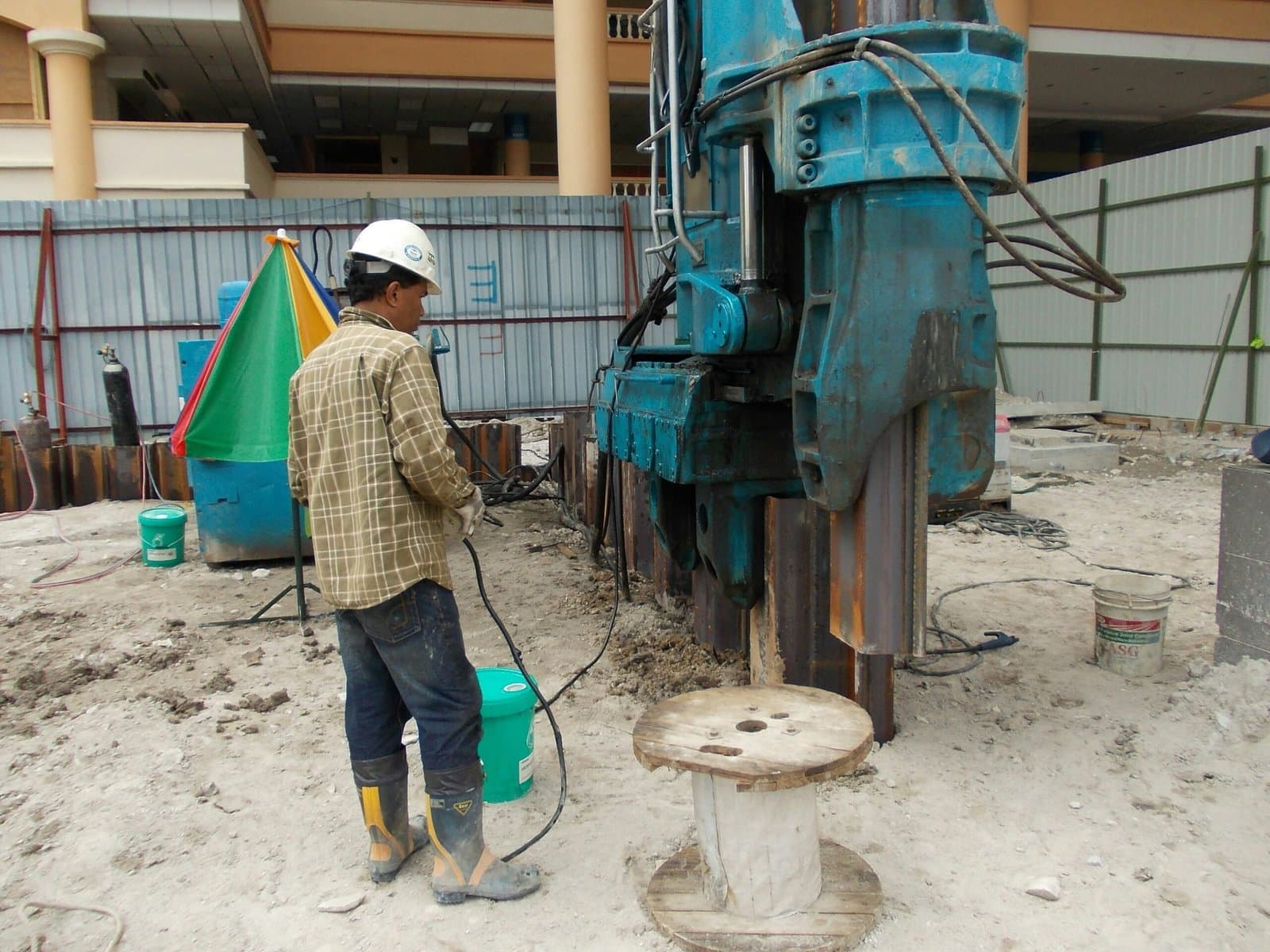
august 18, 2025
Rigging Machinery: The Challenge of Moving and Installing Outdated vs. Modern Equipment
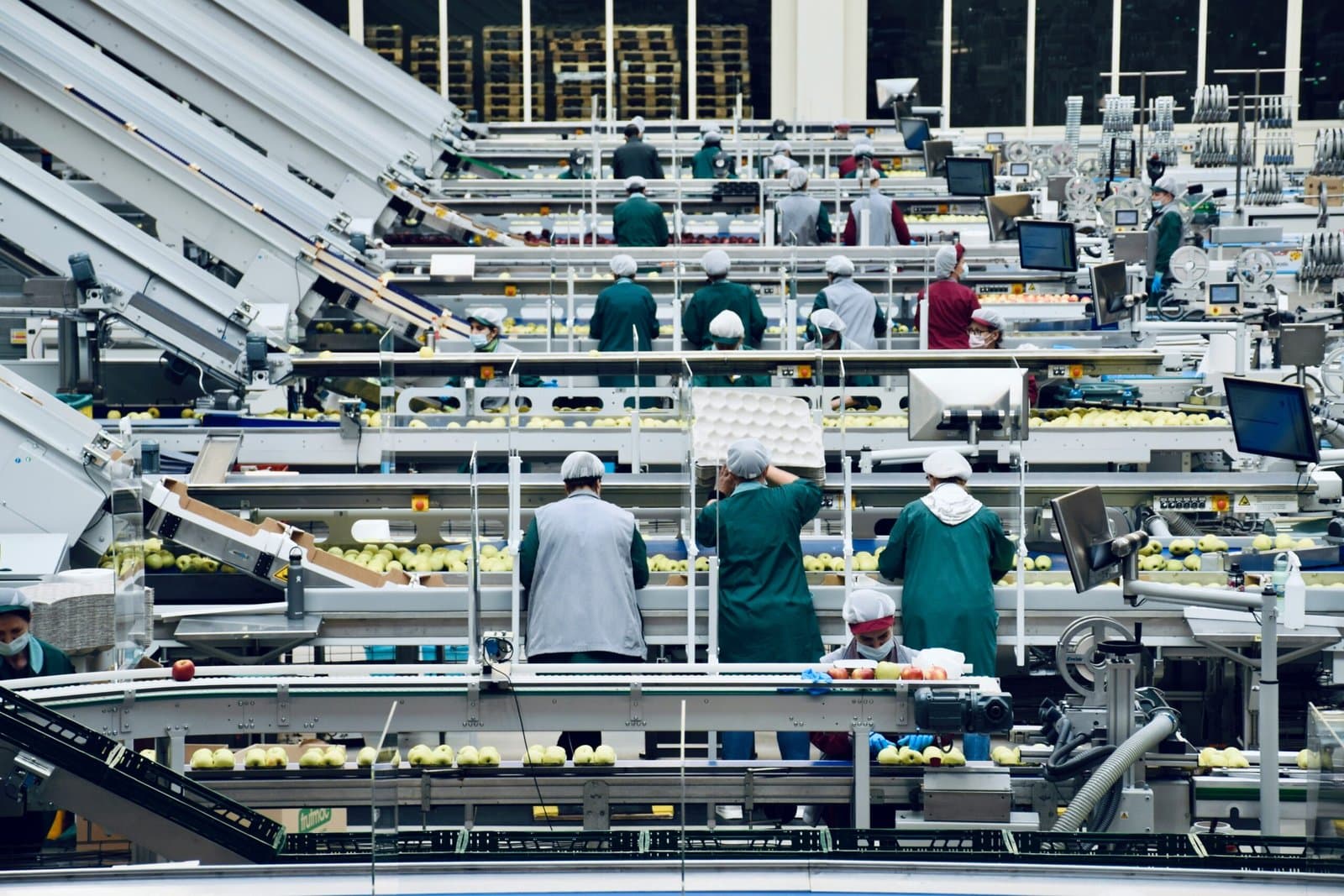
august 16, 2025
Conveyor System Maintenance: 5 Early Warning Signs of Failure
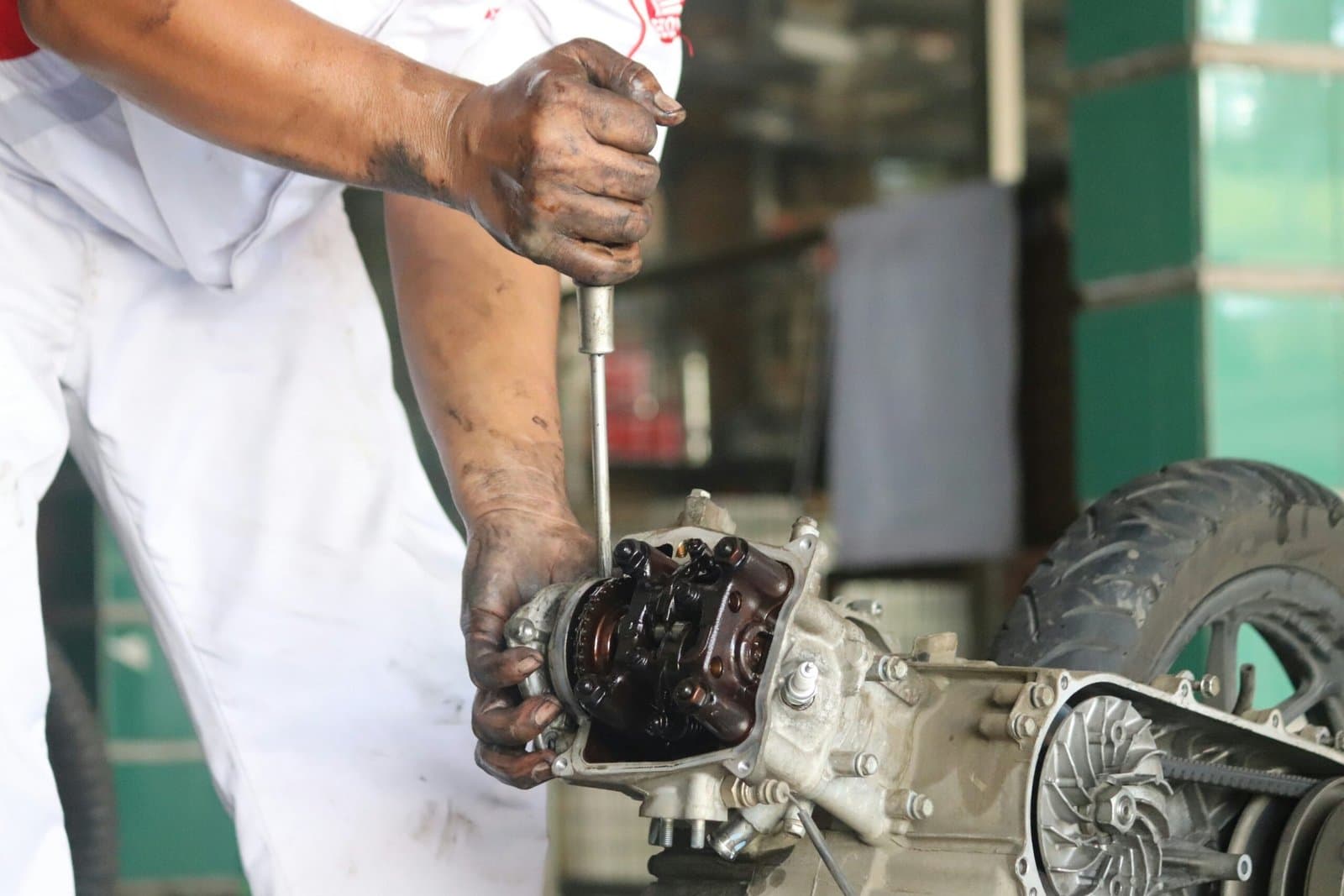
august 14, 2025
Predictive Maintenance: The Smarter Alternative to Costly Reactive Repairs
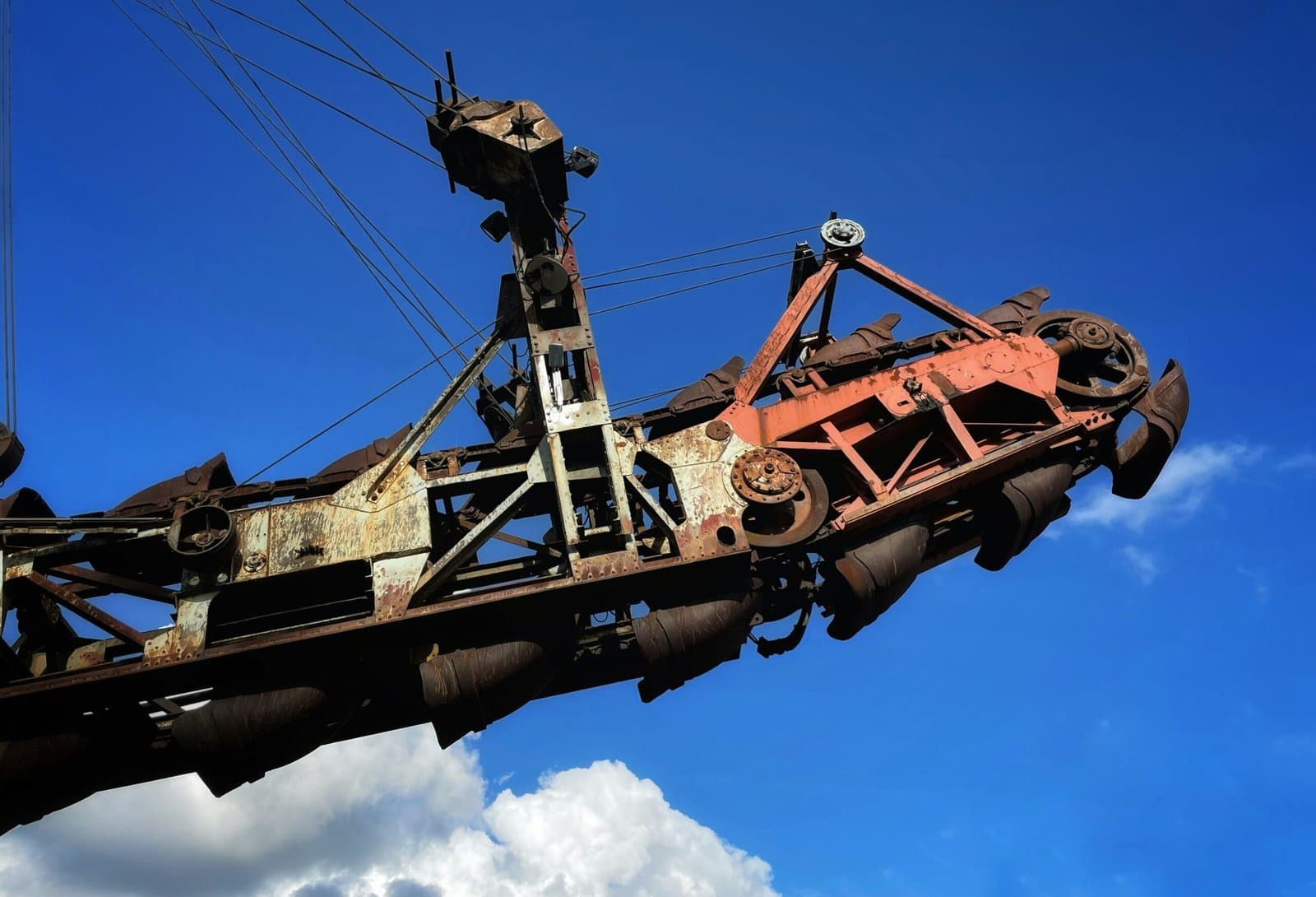
august 11, 2025